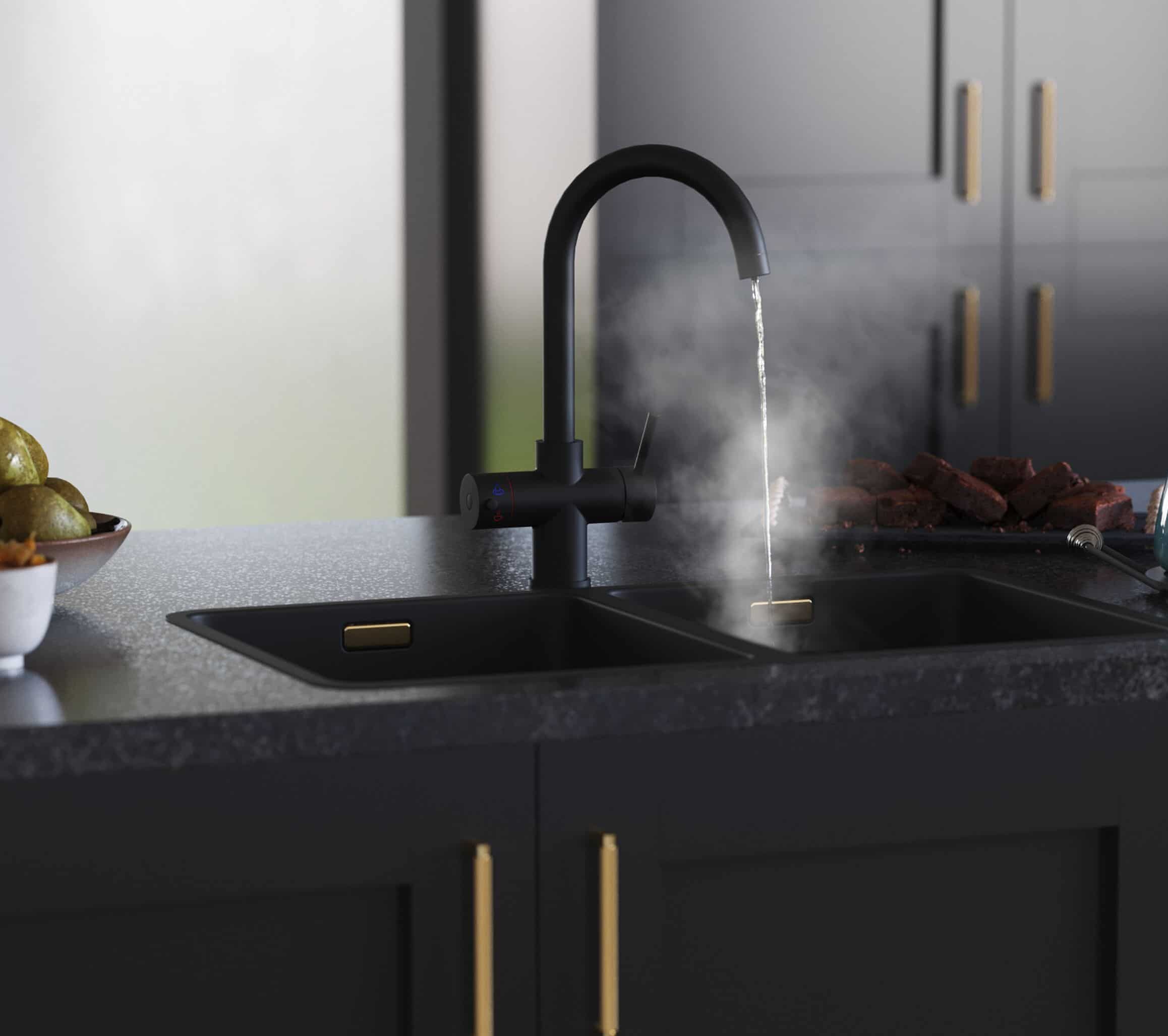Boiling Water Taps vs. Kettles: Which Saves More Energy, Time, and Hassle in Your Kitchen?

Ever wondered how much time—let alone electricity—your kettle actually costs you? Here’s a small reality check: According to Bord Gáis Energy, boiling a kettle around five times a day is common in Irish households. But only about a third of that hot water actually gets used. The rest? Poured down the sink. It’s the classic kitchen shuffle: boiling, waiting, reboiling, and repeating. If your tea breaks and dinner prep are constantly held hostage by a slow kettle, you’re not alone.
This post is for anyone tired of the kettle conga line—busy parents, lifelong tea enthusiasts, accidental multitaskers, and anyone secretly plotting to reclaim a bit of kitchen calm (and save on their energy bill). Let’s settle it: boiling water tap vs kettle—which one genuinely delivers on energy efficiency, speed, and everyday convenience?
Why Are We Still Boiling More Than We Need?
The problem is sneakily simple: kettles, those trusty, whistling kitchen stalwarts, are shockingly inefficient for modern life. Boil a full kettle for two mugs, and you’re paying to heat water you’ll never use. Forget to measure out exactly what you need (most people do), the rest ends up wasted. Add in the time waiting, the clutter, and yes—the sixth time someone asks “Is the kettle boiled yet?” before breakfast.
Or, to put it another way: the convenience of a kettle is only as reliable as our habits. And habits (especially under caffeine-deprived conditions) aren’t always energy savvy.
Is There a Smarter (and Easier) Way to Get Boiling Water?
Here’s where the boiling water tap steps in—and it’s more than just a trendy gadget. Imagine getting near-boiling water instantly, every time, and only the amount you need. No overfilling, no waiting, no “someone forgot to turn the kettle back on.” It changes the daily rhythm.

Above: Helena 3-in-1 Swan Neck Matt Black
Modern boiling water taps, like the ones we specialise in at Hot Water Taps Ireland, use insulated tanks and clever electronics to keep water hot without constant power surges. They claim the kitchen workhorse role, but with much less fuss and waste than the old kettle ever managed.
How Do Boiling Water Taps Outperform Kettles in Practice?
1. Energy Efficiency: Less Waste, Lower Bills
Let’s start with what most people care about right now—energy. Kettles draw a hefty 2–3 kilowatts every time they’re switched on, and the cost stacks up over multiple daily boils. A boiling water tap, meanwhile, uses insulation and a compact boiler (think 2.4 litres—enough for six to seven cuppas in one go) to keep water near boiling at about 10 watts constantly, about the same or less than the typical “fill and reboil” kettle routine, minus the wasted hot water.
No fussing over whether it’s cheaper to boil a full kettle or a little at a time—the boiling water tap quietly gets on with it, dispensing just the right amount, always ready.
2. Speed: Boiling Means Now, Not Next Working Day
The tap is always ready. If a boiling water tap dispenses at 98°C (the sweet spot for tea, coffee, or speeding up pasta night), you’re not standing around waiting for a slow kettle to catch up. It’s the difference between enjoying a cup “now” versus “in a few minutes, when I remember I put the kettle on.”
3. Real-World Convenience: More Than Just a Fancy Tap
Think of the tasks that get easier: You can fill a pan for pasta, make up baby bottles, or clean grease off a pan, all with instant sizzling water. You’re not juggling kettle cords, topping up water, or dreaming of a clutter free space. And because the system dispenses only what you need, you don’t forget about that half-boiled kettle, again.

Still Love Your Kettle? Here’s What to Consider...
Objection #1: “A boiling water tap costs loads more up front than any kettle.”
True—it’s an investment, and kettles are cheap. But weigh in how often you boil water, and how much time and electricity you pour away over years. Running costs for a boiling water tap are no higher (and often lower) than a busy kettle’s, without the daily hassle. And if you make tea, coffee, or cook with hot water regularly, the time and savings add up fast.
Objection #2: “Are boiling water taps safe to use every day—especially with kids around?”
Child safety is top-of-mind in any busy kitchen, and yes, the thought of instant boiling water on tap can sound daunting. But modern boiling water taps come with child locks, insulated spouts, and stop-start buttons for peace of mind (no splashes, no spills). They’re engineered for daily family use—safer, in many ways, than a full kettle sloshing across a crowded countertop.
Ready to Break Up With Your Old Kettle? Here’s What Matters Next
- If you boil water more than a few times a day, a boiling water tap could quietly cut your kitchen waiting time, your energy waste, and your daily clutter—for about the same running cost as a busy kettle.
- Look for models with high-grade insulation, sensible safety features, and a compact under-sink tank—no need to sacrifice cupboard space for convenience.
- Remember: saving energy shouldn’t mean sacrificing convenience. Sometimes the smartest kitchen upgrade is one you quickly forget is even there—except when you’re already sipping your tea as everyone else’s kettle is still coming to a boil.
- Which finish represents you? Check out our guide to matching your boiling water tap with your kitchen’s unique aesthetic and our guide to colour trends in 2025.
If you’re curious how the right boiling water tap might fit into your kitchen routine, explore our full range of instant hot water taps—they’re made to make life simpler (and a lot more civilised) for busy, practical households.
Sometimes, it’s the smaller daily upgrades—more time, less waiting, no kettle left boiling for the third time—that you end up wondering how you lived without.
